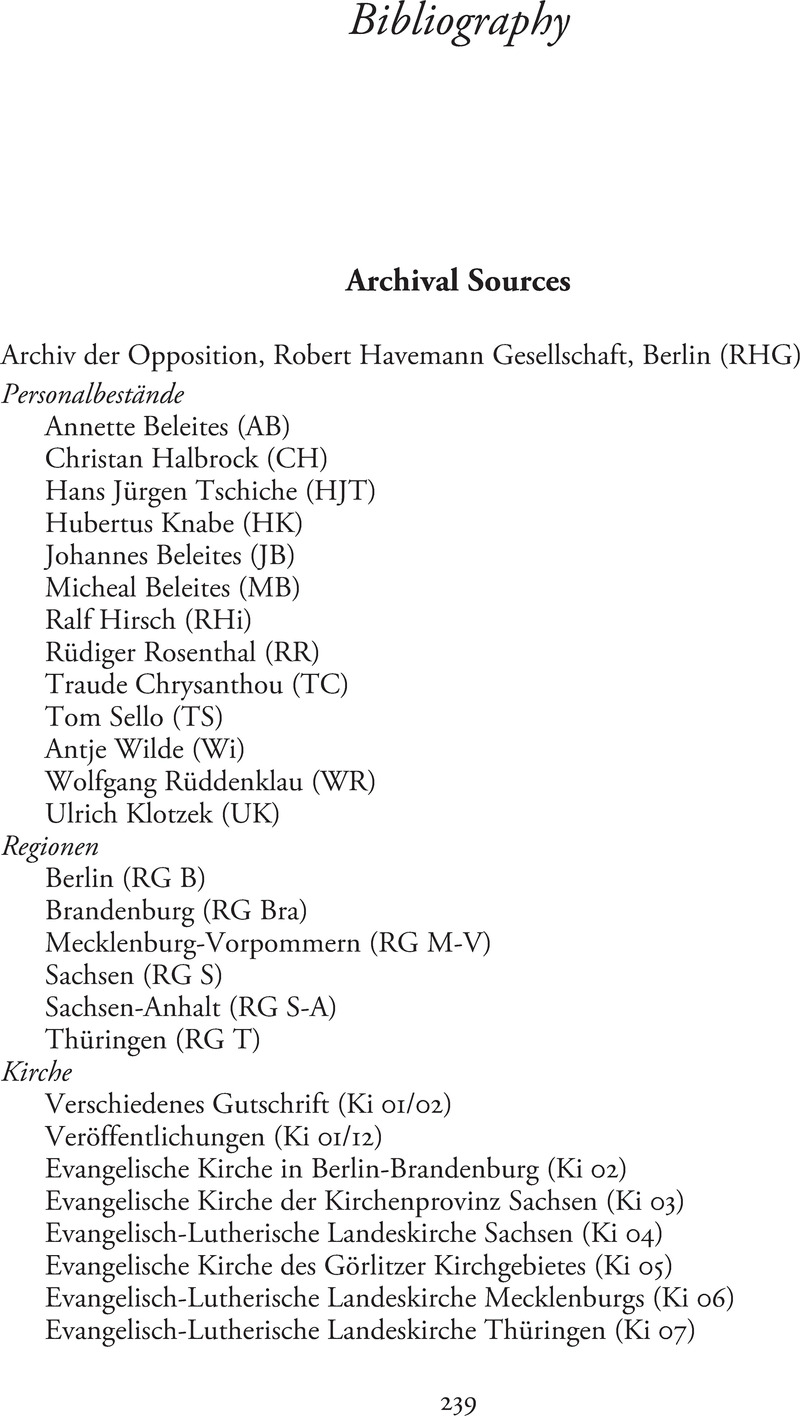Book contents
- Saving Nature Under Socialism
- New Studies in European History
- Saving Nature Under Socialism
- Copyright page
- Dedication
- Contents
- Figures
- Acknowledgments
- Abbreviations
- Introduction
- Chapter 1 Balancing Economy and Ecology: Building toward Environmental Protection, 1945–1970
- Chapter 2 “Socialist Environmentalism”: Between Ideal and Practice, 1971–1982
- Chapter 3 Church, Faith, and Nature: An Alternative Environmentalism, 1972–1983
- Chapter 4 Intertwining Environmentalisms: Transboundary Pollution and Protest in Central Europe
- Chapter 5 Coming Out From Behind the Cloud: Environmentalism after Chernobyl
- Chapter 6 Growing Together? The Environment in the Collapse of Communism
- Conclusion
- Bibliography
- Index
- References
Bibliography
Published online by Cambridge University Press: 30 August 2021
- Saving Nature Under Socialism
- New Studies in European History
- Saving Nature Under Socialism
- Copyright page
- Dedication
- Contents
- Figures
- Acknowledgments
- Abbreviations
- Introduction
- Chapter 1 Balancing Economy and Ecology: Building toward Environmental Protection, 1945–1970
- Chapter 2 “Socialist Environmentalism”: Between Ideal and Practice, 1971–1982
- Chapter 3 Church, Faith, and Nature: An Alternative Environmentalism, 1972–1983
- Chapter 4 Intertwining Environmentalisms: Transboundary Pollution and Protest in Central Europe
- Chapter 5 Coming Out From Behind the Cloud: Environmentalism after Chernobyl
- Chapter 6 Growing Together? The Environment in the Collapse of Communism
- Conclusion
- Bibliography
- Index
- References
Summary

- Type
- Chapter
- Information
- Saving Nature Under SocialismTransnational Environmentalism in East Germany, 1968 – 1990, pp. 239 - 257Publisher: Cambridge University PressPrint publication year: 2021



